Join More Than 50,000+ Subscribers and get latest camera news and rumors
NEW CAMERA VIDEOS ON YOUTUBE
|
By admin, on January 18th, 2014
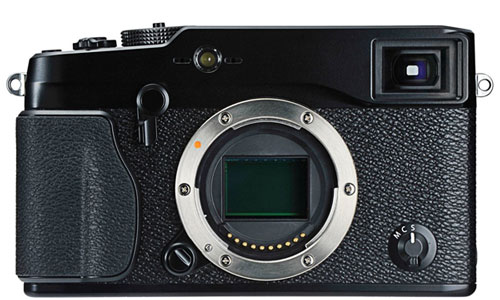 We are almost confirmed that Fuji X-T1 coming on last week of January with a retro design and weather sealed body, the flagship camera X-Pro2 (X-Pro1 successor) is rumored to announce on Photokina 2014 with a advance core specification. We are almost confirmed that Fuji X-T1 coming on last week of January with a retro design and weather sealed body, the flagship camera X-Pro2 (X-Pro1 successor) is rumored to announce on Photokina 2014 with a advance core specification.
src-photographybay
By admin, on January 17th, 2014
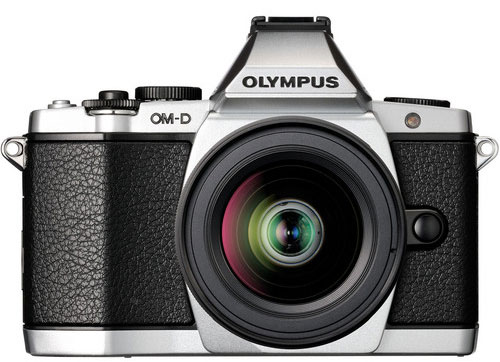 Olympus E-M10 images leaked today, E-M10 will arrive in Black and silver color and the camera is rumored to be announced on last week of January 2014 (possibly on Jan 29) with following lenses, the price is expected to be…. Olympus E-M10 images leaked today, E-M10 will arrive in Black and silver color and the camera is rumored to be announced on last week of January 2014 (possibly on Jan 29) with following lenses, the price is expected to be….
- Estimated retail price of E-M10 is ¥ 80,000 body only.
- Lens kit is around 95,000 yen.
- Double zoom kit is around 110,000 yen.
- Grip (postscript) E-M10 only is provided. Expected price is around 6000 yen.
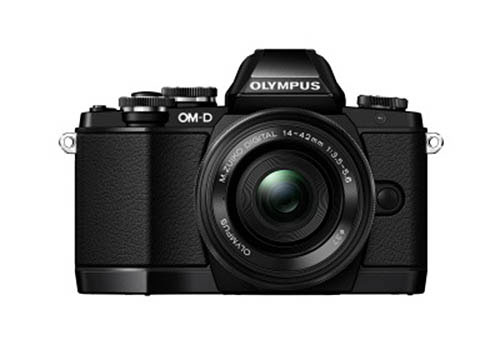 src-digicame-info src-digicame-info
By admin, on January 17th, 2014
At first we have to understand that what composition is in general terms. Composition is not applied only in photography but it applies to every kind of art whether it is dance, literature, music and so on. Without proper composition an individual is unable to give proper results in photography, visual art, dance and so on. So composition explains the positioning or arranging the elements in any type of work of art.
Now we are going to discuss what is composition in photography? Composing means “arranging different types of elements available in a particular frame of reference that attracts a viewer eye”. Without a proper composition interesting objects can be spoiled. With a proper composition an uninteresting subject’s can attracts the audience. So we can understand that what role the composition plays in a photography.
The aperture, angle and focal length also affect the composition. + we also have some elements of composition like colors, shadows, shapes and etc. An example of flood photography, where an individual who is a photographer he wants to show the audience that how flood destroys everything. So it depends on the circumstances or cases or subjects that which type of composition a photographer should implement in a photograph.
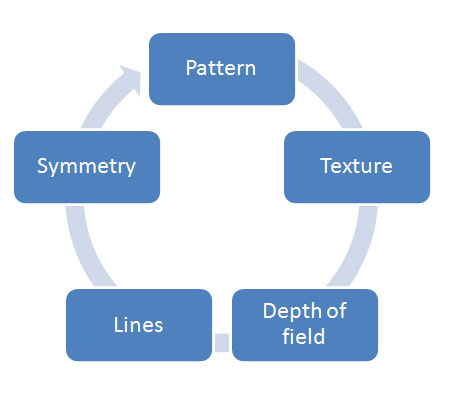
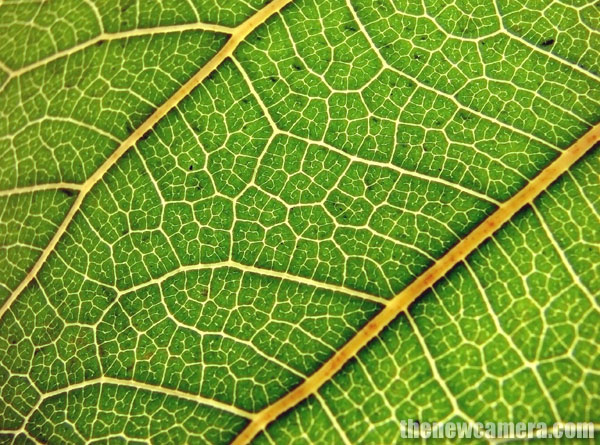 Patterns in plant Leaf Pattern exist in our environment the only thing is to see them through our inner eyes. It exists in an artificial and natural form. If we understand the pattern we can found it everywhere i.e. in a market, monument and etc. lighting is also important in pattern. If we take the example of fields during overcast day, the audience lacks interest in that picture.
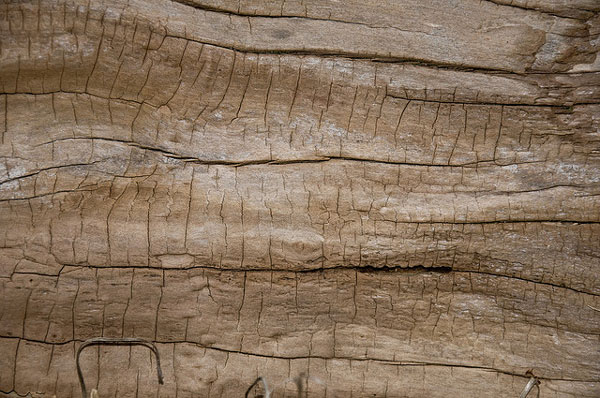
L.C. Nøttaasen L.C.Nøttaasen
The second component is texture. When the light strikes on the subject at different angles then the texture helps in making proper composition.
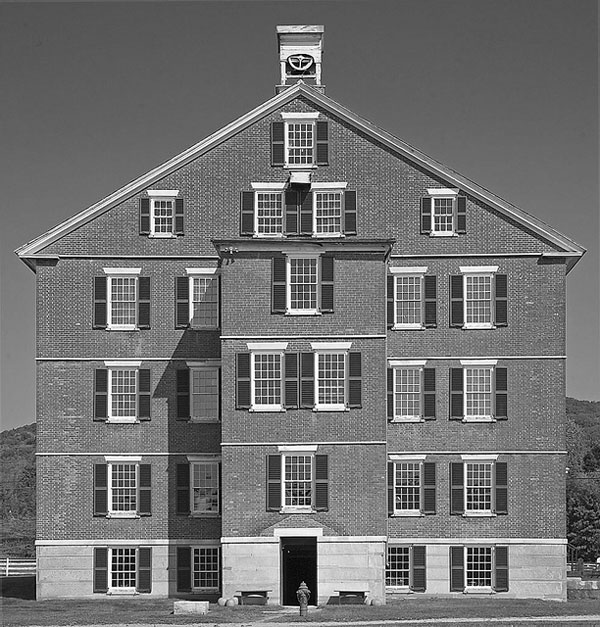 Richard Taylor dicktay2000 Richard Taylor dicktay2000
Symmetry is a line which creates a balance in a photograph. If we divide the subject in a half in a proper way then it is known as the image is symmetrical. Generally we are using two types of symmetry in photography i.e. vertical line symmetry and horizontal line symmetry.
Line is also one of the elements of composition in photography. There are different types of lines like horizontal, vertical, diagonal and converging lines present in the most of the composition that we capture and if used properly it will create impact in the audience eyes.
 DOF – Focus on the subject you want to show it the viewers Depth of field (DOF) used to stand out the subject from the environment, lower aperture such as f /1.2 or f/1.8 helps you to focus on the subject and create a beautiful bokeh( background blur) in the image.
Stay with on Facebook | Twitter | Google+ To Get More Photography Tips
By admin, on January 17th, 2014
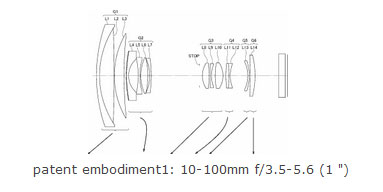 Tamron 10-100 mm F3.5-5.6 Lens made for 1 inch sensor camera surfaced over the web, the high magnification zoom lens covers a zoom range of 27-270mm, the lens is probably made for Nikon 1 series camera. Tamron 10-100 mm F3.5-5.6 Lens made for 1 inch sensor camera surfaced over the web, the high magnification zoom lens covers a zoom range of 27-270mm, the lens is probably made for Nikon 1 series camera.
Description and self-interpretation of the patent literature
- Patent Publication No. 2014-6354,2014-6354
- Publication date 2014.1.16
- Filing date 2012.6.22
- Example 1
- Focal length f = 10.30-30.47-97.97mm
- Fno. 3.6490-5.0069-5.7049
- Half angle ω = 40.281-11.231-4.671 °
- 15 pieces of 12-group lens configuration
- Example 2
- Focal length f = 11.22-63.64-145.52mm
- Fno. 3.6414-5.3644-5.7509
- Half angle ω = 37.997-9.208-3.170 °
- 18 pieces of 13-group lens configuration
- Example 3
- Focal length f = 14.43 57.85 145.40mm
- Fno. 3.6708-5.4085-5.9148
- Half angle ω = 37.102-10.651-3.671 °
- 18 pieces of 13-group lens configuration
See More Tamron Patent
src-egami
By admin, on January 17th, 2014
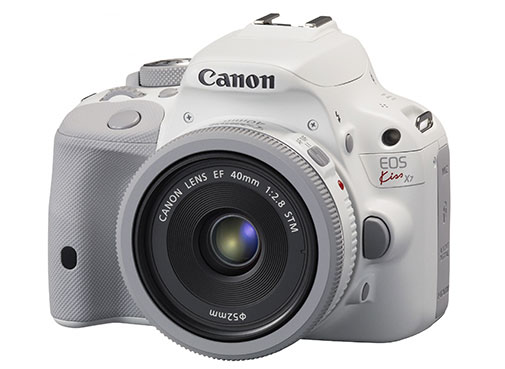
Almost confirmed that a entry level DSLR below 100D / SL1 coming, the new DSLR is expected to announced at CP+ next month in Tokyo.
Two more DSLRs coming in 2014 and one of them is Canon 7D mark II and next one is possibly Canon T6i / Canon 750D.
STAY WITH ON FACEBOOK | TWITTER | GOOGLE+ See more Canon rumors 24X7.
src- bit.ly/1dcweek
By admin, on January 16th, 2014
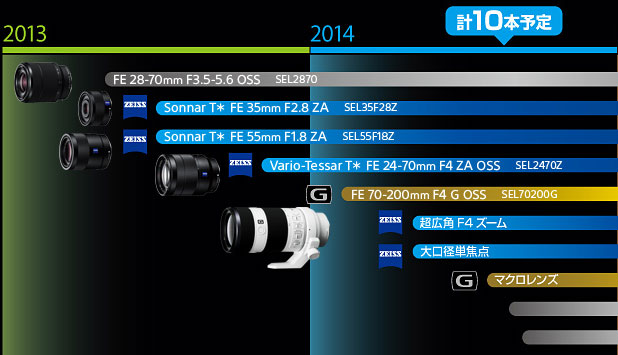
According to latest rumors Sony will announce two new FE (Full Frame E-mount) lenses in March 2014, + we also published long ago the list of lenses that may arrive in 2014 see here
List of lenses that may be announced in march are
– One Zeiss fast prime lens.
– One Zeiss f/4.0 wide angle zoom.
– One G macro lens.
stay with us (FACEBOOK | TWITTER | GOOGLE+) If you have time – ensures that we have time cutter >> Sony Rumor. Also see Sony cameras we’d like to see in 2014
src-SAR.com
By admin, on January 16th, 2014

Looney 11 rules
Looney 11 rule is called as Looney f/11 rule. This rule helps us to capture proper amount of light to the sensor and result is perfectly balanced image (not too over exposed or under exposed ). There are different types of lighting conditions like during full moon we can use aperture f/11 similarly in case of half moon we are using the aperture f/8. So we are using different aperture in different lighting condition to get a perfect shot. Take a look at the table below and try to remember it when you capture your next Moon image.
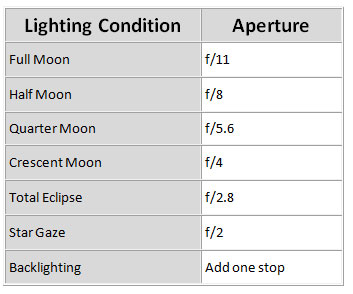
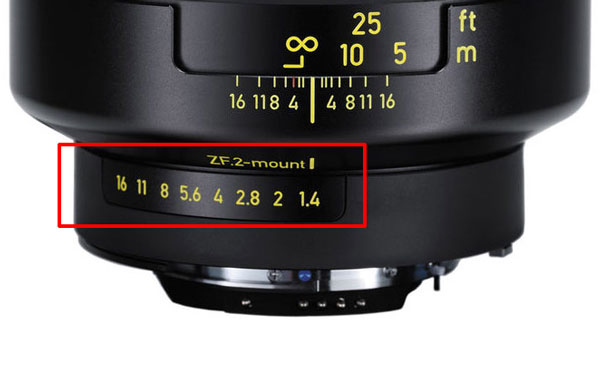
Sunny 16 rules
There is another type of rule we are using which is known as sunny 16 rules or sunny f/16 rule and is used in photography during daylight. This Rule helps us to get properly exposed image without any trouble. There are different types of lighting condition available during day time like snow or sand and we have to set our aperture based on that type of scene. In snow and sand we should use the aperture value f/22, similarly in sunny location the aperture should be at f/16. When we set the aperture the shutter speed should also changed according to rule, for example when the aperture is f/22 then the shutter speed should be kept at 1/50 second similarly when the aperture is f/16, the shutter speed is 1/100 second and so on. Take a look at the tables below for better understanding…
ISO should be kept as same as shutter speed to get properly exposed images, * for first setting if ISO 50, for 2nd – F16, 1/100 and ISO 100, F11, 1/200 and ISO 200 and so on…
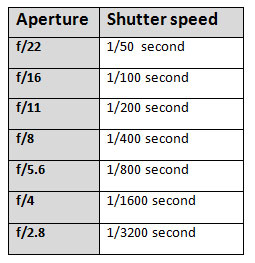 Take a look at the table below and you can use as cheat sheet for getting perfect shot at different lighting condition, Take a look at the table below and you can use as cheat sheet for getting perfect shot at different lighting condition,
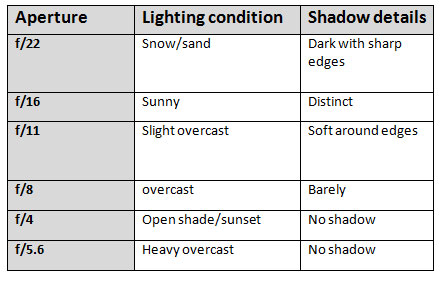 STAY WITH ON FACEBOOK | TWITTER | GOOGLE+ to get More Photography Tips STAY WITH ON FACEBOOK | TWITTER | GOOGLE+ to get More Photography Tips
|
KEEP THIS BLOG ALIVE - Support New Camera Buy Canon Lenses, Buy Music CD or Digital Camera at amazon it helps this site, and you do not pay anything extra, it is just a way to help support this site.

|
 We are almost confirmed that Fuji X-T1 coming on last week of January with a retro design and weather sealed body, the flagship camera X-Pro2 (X-Pro1 successor) is rumored to announce on Photokina 2014 with a advance core specification.
We are almost confirmed that Fuji X-T1 coming on last week of January with a retro design and weather sealed body, the flagship camera X-Pro2 (X-Pro1 successor) is rumored to announce on Photokina 2014 with a advance core specification.



















